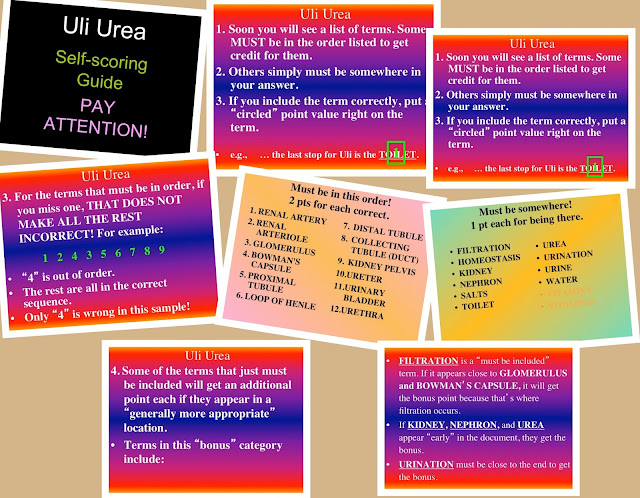This is the third of four posts on common grammar errors, omissions, and misunderstandings.
Most writers have grammar issues. The issues chosen for this blog series are some that I experience in my writing. The issue with each issue in the series ranges from significant to bothersome in my writing.
I teach a technical writing class to nurses in the BS-Nursing program at Point Loma Nazarene University. Early versions of the course focused on rules of English grammar. I've shifted the focus to the importance of editing. If you search my past blogs, you'll find LOTS of instruction, information, and insistence on the importance of editing.
The above paragraph does not mean good grammar is not important in your writing. The four blogs in this series present information that I’ve gleaned, remembered or learned about grammar while in the role of a writing teacher. I know that teaching this class helped my writing. I’m running this series--and following it was a series on adverb use/abuse--with high hopes that both series will help your writing, too.
I teach a technical writing class to nurses in the BS-Nursing program at Point Loma Nazarene University. Early versions of the course focused on rules of English grammar. I've shifted the focus to the importance of editing. If you search my past blogs, you'll find LOTS of instruction, information, and insistence on the importance of editing.
The above paragraph does not mean good grammar is not important in your writing. The four blogs in this series present information that I’ve gleaned, remembered or learned about grammar while in the role of a writing teacher. I know that teaching this class helped my writing. I’m running this series--and following it was a series on adverb use/abuse--with high hopes that both series will help your writing, too.
This glimpse begins with
Bonus Tip
The verb form you choose is powerful! It should tell your reader something about the action.
· Is it happening right now?
· Did it already happen?
· Is it happening on an ongoing basis?
· Did it happen over the course of time in the past?
The verb form also tells your reader something about the subject of the sentence.
· Is the subject singular or plural?
As long as the subject of the sentence and the nature of the action are consistent throughout an entire piece of writing, the verb forms should be consistent.
Not only is it correct to use parallel verb forms, it also helps your sentences flow smoothly and eliminates confusion.
Adjectives
Adjectives modify nouns and pronouns.
· Describe (what kind)
The green car has the best price.
· Identify (which one)
That guy was a little weird.
· Quantify (how many)
Jake ate four burgers during last night’s contest.
Adverbs
Adverbs can modify verbs, adjectives, other adverbs, or entire clauses.
How?
Angrily, maybe, absolutely
When?
Recently, suddenly, seldom
Where?
Nearby, there, downstairs
To what extent?
Very, slightly, exceptionally, quite
It’s tempting to use adverbs when they
are not needed.
are not needed.
“It’s my favorite type of chocolate,” she whispered softly in her lover’s ear.
Whispering is defined: “to speak with soft, hushed sounds, using the breath, lips, etc., but with no vibration of the vocal cords.” A whisper is always soft.
Four weeks from today, I'm starting a three blog series
ADverbs Often SUBTRACT from Your Writing.
Each post presents five examples similar to the one example above.
Bottom line on adverbs is this:
If your scene is well described and your characters are well developed, you won’t need many adverbs. If fact, your readers will find themselves distracted by the presence of too many adverbs.
For me, adverbs are examples of
"When in doubt, leave it out."
Interjections
Interjections express surprise or emotion
· Interjections are lonely words. They aren’t grammatically connected to the rest of the sentence.
Example: “Hey, can I go to the movies with you guys?”
Example: “Hey, can I go to the movies with you guys?”
· They can also stand alone.
· Interjections include words like Ouch! Help! Hey!
· They tend to show up at the beginning of
sentences.
sentences.
o “My, that was a mouthful,” she said.
o “Oh, I don’t know about that,” he replied.
Next #Grammar. Glimpses into Clauses, Conjunctions, and Closing Comments on Commas
Follow me on Twitter: @CRDowningAuthor
E-mail: crd.author@gmail.com















